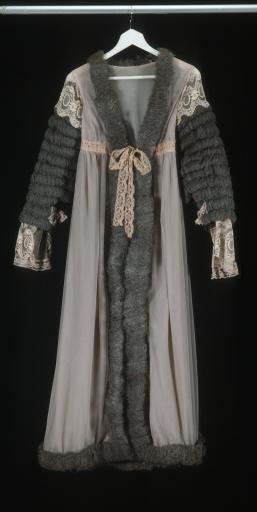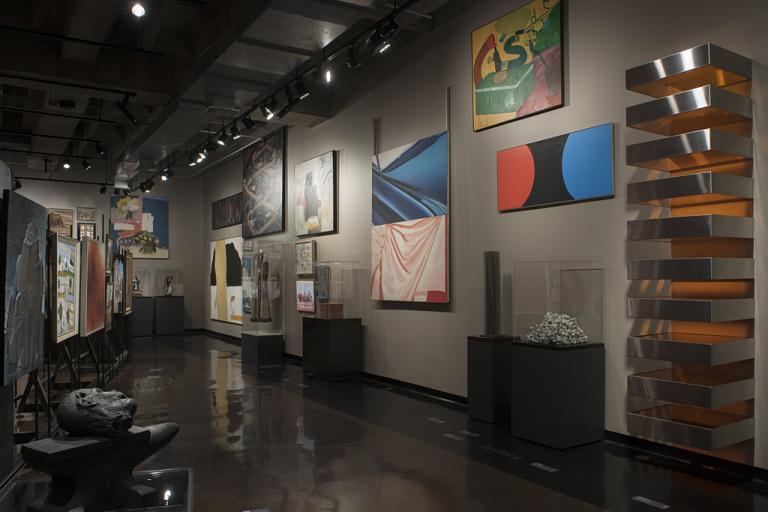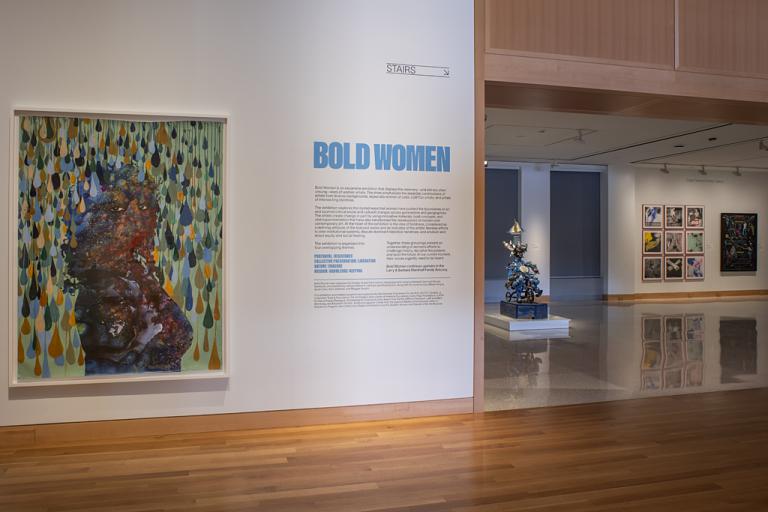Steel Wool Peignoir, Mimi Smith
Artwork Overview
Mimi Smith, artist
born 1942
Steel Wool Peignoir,
1966
Where object was made: United States
Material/technique: steel wool; nylon; lace; wood
Dimensions:
Object Height/Width/Depth (Height x Width x Depth): 149.8 x 66.1 x 20.3 cm
Object Height/Width/Depth (Height x Width x Depth): 59 x 26 x 8 in
Object Height/Width/Depth (Height x Width x Depth): 89 x 36 x 20 1/2 in
Object Height/Width/Depth (Height x Width x Depth): 149.8 x 66.1 x 20.3 cm
Object Height/Width/Depth (Height x Width x Depth): 59 x 26 x 8 in
Object Height/Width/Depth (Height x Width x Depth): 89 x 36 x 20 1/2 in
Credit line: Museum purchase: Helen Foresman Spencer Art Acquisition Fund
Accession number: 2000.0071
Not on display
If you wish to reproduce this image, please submit an image request












